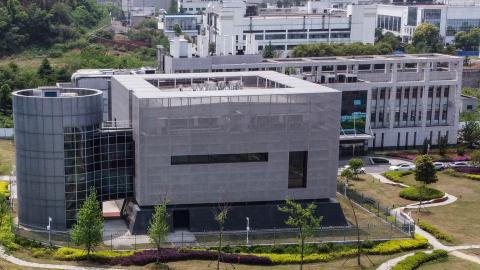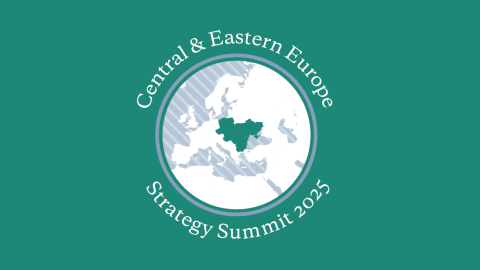The hallmark of identity wars, both religious and ethnic—as the fighting bogs down and passions are more bitter, communities start purging minorities—has arrived in Syria. The New York Times
In one of the most ambitious deals yet struck between combatants in the multisided war in Syria, supporters and opponents of President Bashar al-Assad will essentially trade territory in two different parts of the country, stop bombing and besieging one another’s civilians and pledge to observe a six-month cease-fire.
If the deal holds, it will be the most far-reaching since a pact struck more than a year ago that allowed the evacuation of rebel fighters from the center of Homs, Syria’s third-largest city.
The deal would end attacks by the government and its allies on Zabadani, a city between Damascus, the capital, and the Lebanese border that has long been held by local insurgents, as well as attacks by rebels on the Shiite villages of Foua and Kefraya in Idlib Province.
But it involves a sectarian population exchange, sending the Shiites in Idlib to other government-held areas, and moving Zabadani’s Sunni rebels and their families to insurgent-held Idlib, raising the specter of forced demographic change.
When it’s organized, it’s called ‘exchange of populations’. When it happens on the fly in wartime, it’s called ethnic cleansing or mass flight. Literally tens of millions of people were forced out of their original homes during the 20th century in exactly this way—most of them before 1950. Hindus and Muslims in British India as it divided, Palestinian Arabs and Jews from across the Middle East, Germans after World War II, Greeks and Turks after World War I, Crimean Tatars, Balkan Serbs, Bosniaks, Albanians and Croats… In Iraq, Christians, Sunnis, Shias, Kurds and Yazidis have all lost their homes.
It’s a terrible thing, but more than once it has been embraced by world powers as better than what in many cases is the likeliest alternative: a genocide of the weak, the destruction of the losing side in a civil war.
So far, every twist in the story of the Syrian civil war has revealed new and deeper visions of the hell of hatred and brutality that civilization and order normally keep under wraps. Even the most destructive wars sometimes ultimately burn themselves out, but this one still seems to have a long way to go. With Iran and Russia bolstering a sagging Assad, and panicky Sunni states shoveling money and weapons toward any force they think can stand against Iran’s allies, the conditions for an even longer and more destructive war are beginning to appear.

















